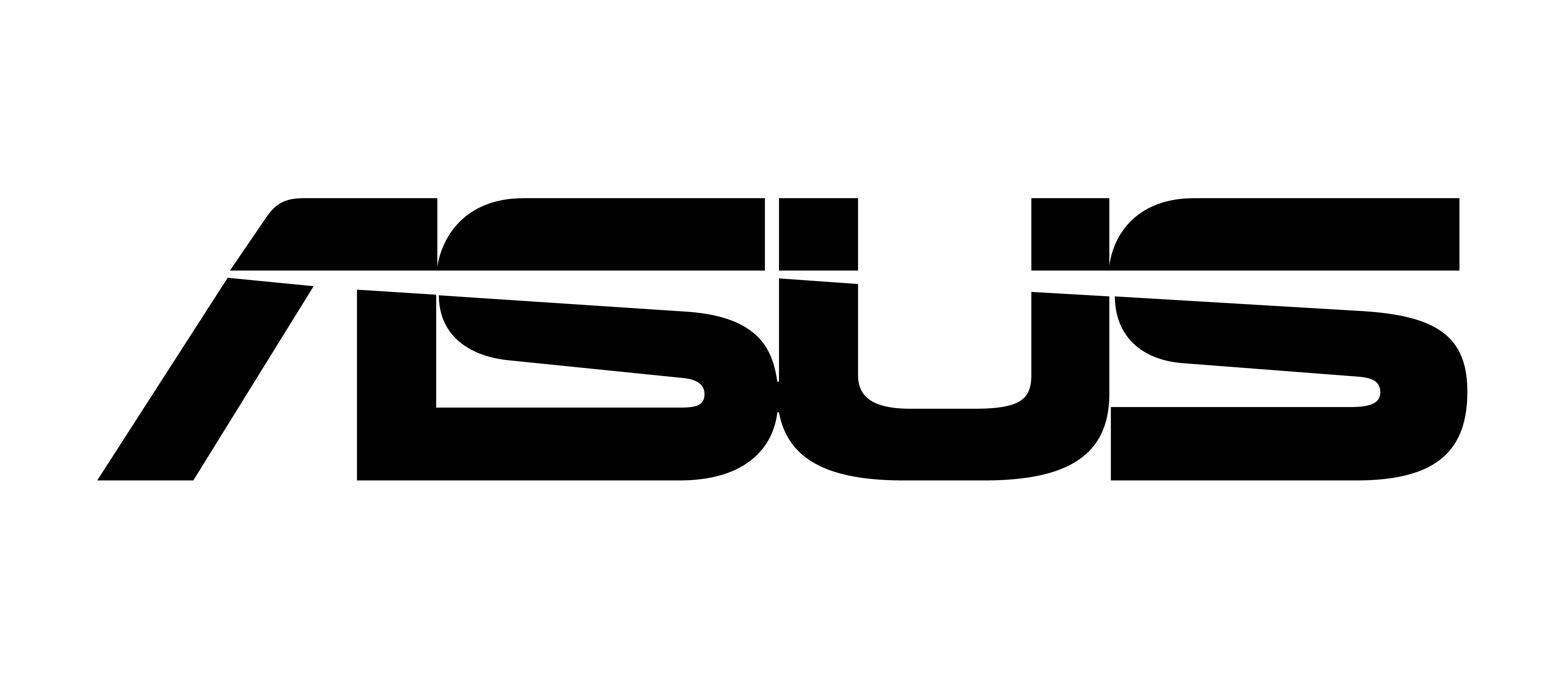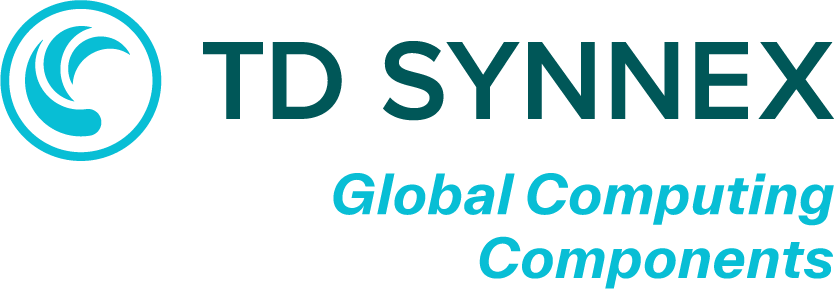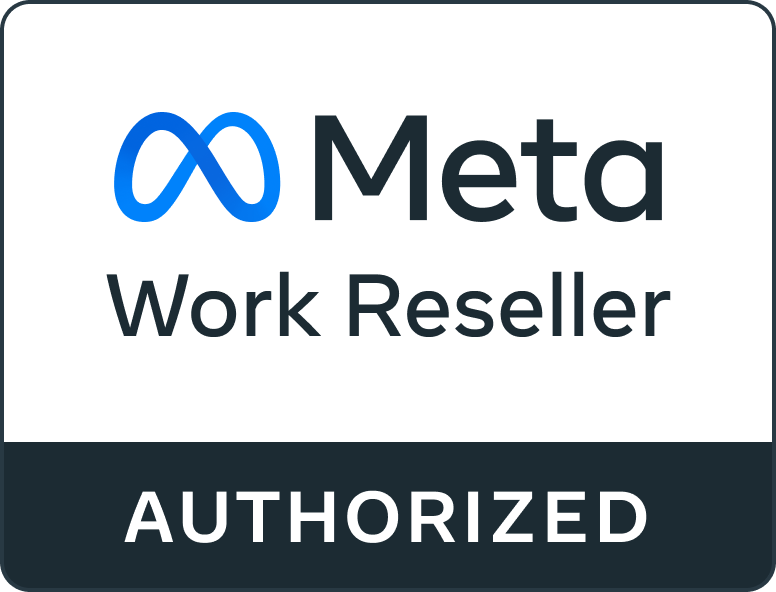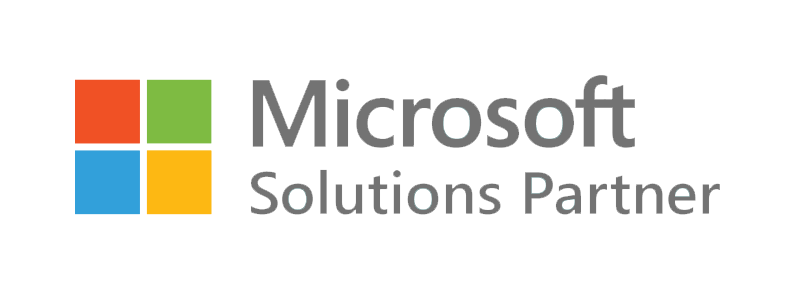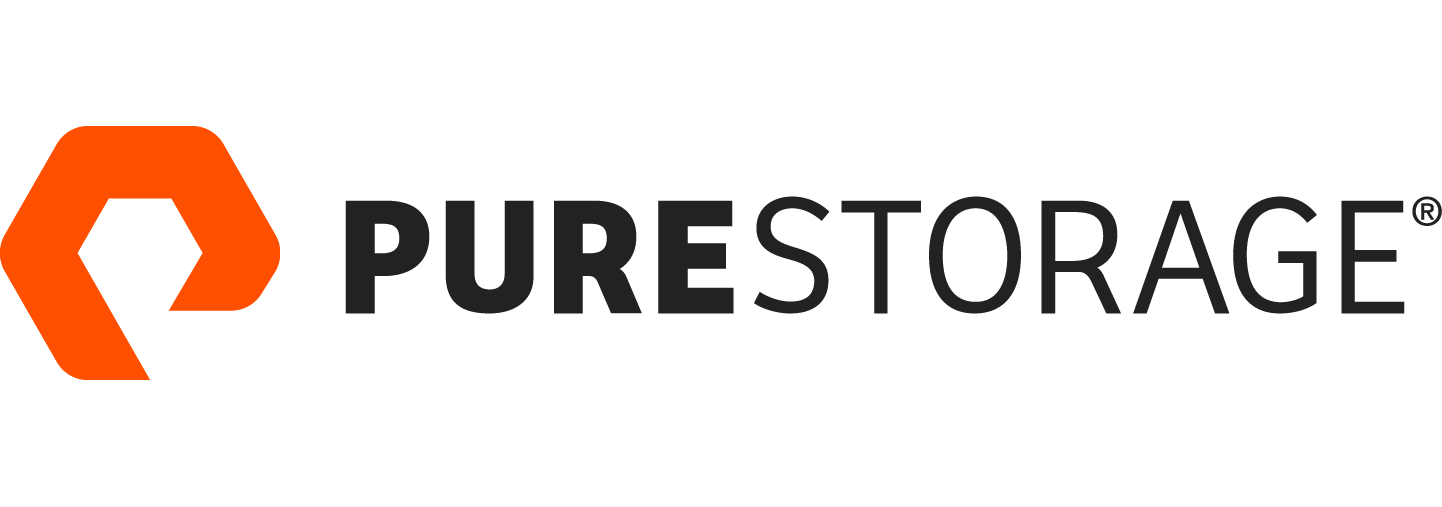5 Hot Mobile Content Management (MCM) Conversation Starters
Categories
Once you have an understanding of the types of content an organisation needs to share to drive its business forwards, discussing some of the hottest trends in the MCM world can help convince them to improve their content management.
Given the ubiquity of mobile devices, and the amount of content users share on them, it’s not difficult to get organisations interested in the general topic of how to properly manage that content. Convincing them of the need to upgrade from free and unsophisticated file sharing platforms to true MCM can be more challenging.
Once you have an understanding of the types of content an organisation needs to share to drive its business forward, here are some of the hottest trends in the MCM world that can help convince them to improve their content management.
Beyond mobile with MCM
Perhaps the most immediate and compelling is the growing range and sophistication of MCM solutions. Most are steadily moving further and further beyond their roots in file sharing, providing a wider range of security, access control and user interface options.
These allow almost any organisation to find a MCM tool that meets their needs, regardless of the range of formats they must support and the complexity of their workflows. For customers that need more than a free file sharing platform, you’ve never had greater options to offer them.
A range of deployment options
A second trend is the range of MCM deployment options, which predominantly consists of cloud-based solutions. However, some of your customers, depending on their regulatory requirements, may feel that cloud-based options are not appropriate for their business needs.
“The problem here is that when using third-party file sharing services, the data is typically taken outside of the company’s IT environment, and that means that the data’s privacy settings are beyond the control of the enterprise. And because most cloud services are designed to encourage users to back up their data in real-time, a lot of data that wasn’t meant to be shared can end up being viewed by unauthorized personnel as well.”
– Digital Guardian
Make your customers aware that there are a variety of deployment options available, including on-premise, cloud, and a “hybrid” mix of both. These options give your customers more ways than ever to balance the benefits of the cloud (low cost, easy scalability) with those of on-site deployment (greater control over security.)
Adoption and acceptance
A third trend, though it may seem self-evident, is the continued explosion in the enterprise acceptance and use of mobile devices. The popularity of large screen phones and tablets provide the screen size users need to view, edit and act on ever-more complex documents.
As with security, helping a customer understand the true extent of their reliance on mobile devices can bring home the need to better manage not just the devices, but the content on them.
No good application is an island
The fourth trend is integration. This is especially true of MCM, with the sole purpose of making it easier, faster and more secure to share files and other content among mobile and non-mobile users. Often, a MCM solution delivers the greatest value when it can share data with other enterprises systems such as customer relationship management and enterprise resource management systems.
The growing availability of application programming interfaces (APIs) that ease such integration help make MCM not just another siloed system, but a content and workflow “backbone” for the enterprise.
Security will always get the ear of your customer
The fifth trend is the ever-growing scope, volume and severity of corporate security failures. Each leaked email and data breach highlights the importance and vulnerability of files and other corporate information, and the need to secure them.
Without resorting to fear-mongering, this provides an excellent opportunity to explain to the customer just how much of their content users are already sharing without the approval, or even knowledge of, the organisation. The next step is, of course, understanding the business risks associated with these vulnerabilities, and helping the customer choose the appropriate MCM solution.
Takeaways
Think: Help your customer decide where the MCM solution and its content will be stored – on premise, in the cloud, or in a “hybrid” combination of both.
Act: Help the customer identify managers who will be responsible for managing user access, organising the information and making the all-important choices about how information will be organised to be most convenient for their users.
Lead: You must also be patient enough to continually educate users in new MCM tools and wean them away from the consumer-grade solutions that don’t provide enterprise-grade security or collaboration.
Share: Done right, all this can position you to become a more strategic business partner to your customers. That’s especially good news when the world for resellers is changing so quickly and in so many ways.

